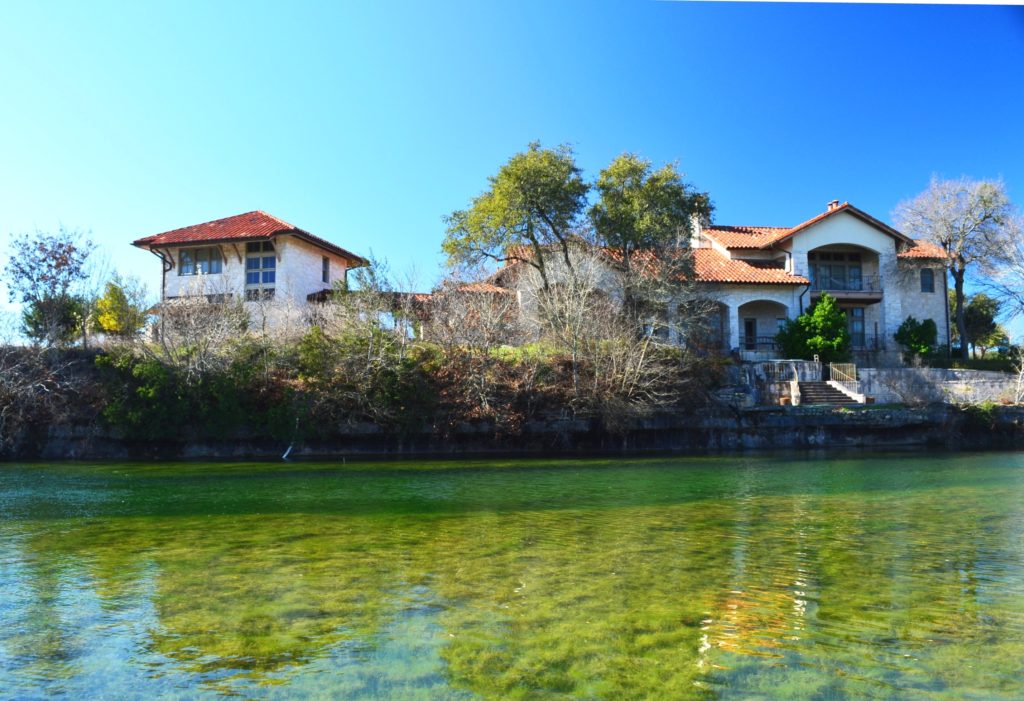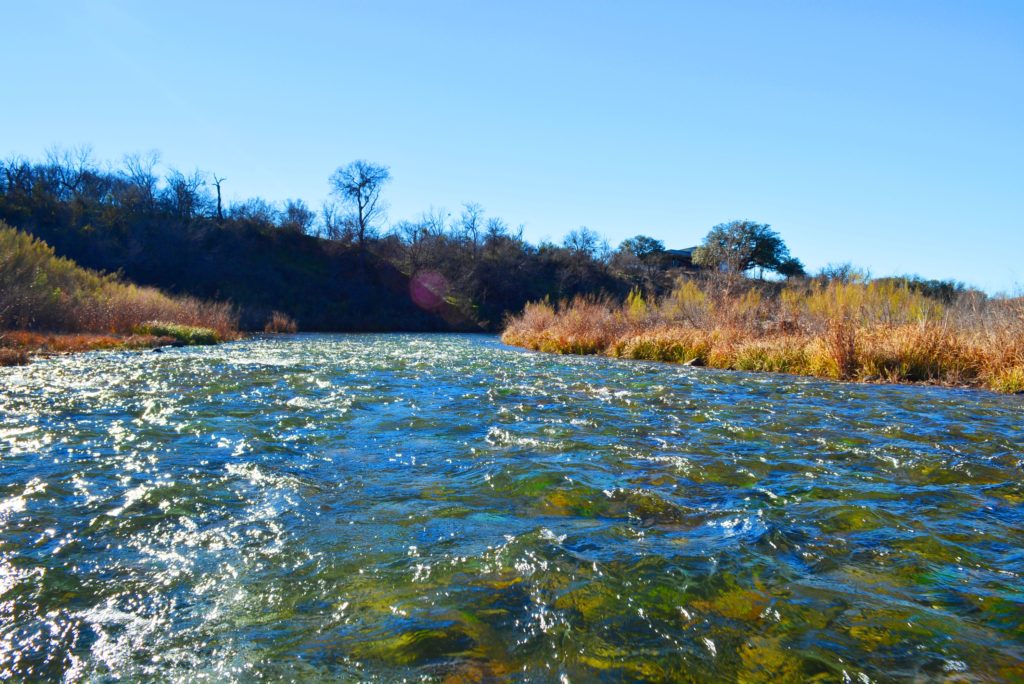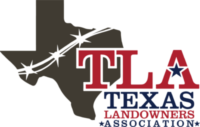
How to Price Rural Land for Sale?
Rural Land Pricing Strategies Made Easy – The Sales Comparison Approach
You have decided to sell you rural property. It may be a home on acreage, an equestrian estate, a recreational treasure…rural land comes in many shapes and sizes.
What is consistent in this market is than an owner usually has deep ties to his property. Maybe he grew up farming it with his father, or learned how to ride a horse in the old round pen behind the barn. Maybe she learned to hunt with her grandfather, or tended the chickens or garden for her family as a child.
No matter the history of the ownership or the reason for the sale, there is usually a lot of emotion involved in selling Texas land. Perhaps the most difficult aspect of the sale (for the Seller and oftentimes his or her Realtor®) is separating the emotion and perceived value from the methodical pricing of the property. It is a harsh but real truth that most buyers do not carry the same emotional attachment to a property as the seller, and thus it must be priced according to what it is worth in the current market, not what the seller “has in it” from an emotional or perceived value perspective. Pricing a property correctly can mean a seamless transaction with a win-win for the buyer and seller, and, unfortunately, bad pricing can lead to seller’s remorse about leaving money on the table (priced too low) or unacceptably long sales cycles (priced too high).
Indeed, the pricing strategy must be based on empirical data which a savvy Realtor® can glean from the market, and then apply to the subject property. There are several ways to gather such data, from basic knowledge of the area and rural land in general, to looking at comparable properties which have sold in a given area over time, to simply hiring an appraisal and using the appraisal number as the list price.

How to come up with a fair asking price for your land
The Sales Comparison Approach (SCA) is the most popular pricing approach in most Texas markets because of the high percentage of recreational or otherwise non-income-producing property. The SCA takes into account recent comparable sales in the area, and then draws a comparison between those sales and the subject property. The price of the property is then determined by how closely each comparable compares to or “matches” the subject property.
Location, size, and human use amenities such as houses barns, and road systems are obvious factors to consider when making property comparisons within the SCA. Other factors like type and quality of surface- and well water, type and quality of fencing, and ecological factors such as plant diversity and topography can also weigh heavily in the Sales Comparison Approach.
Finding Comparable Land Prices for your land
Market trend data such as Active Days on Market (ADOM) and actual sales price as compared to list price should be considered, though a trained Realtor® or appraiser will have easier access to this information than most sellers.
The top three to five most comparable properties should be assigned a “weighted value,” a number from .01-.99 based on similarity to the subject property, and these weights are then multiplied by the sales price for the respective comparables. Adding these three to five solutions together can then give a realtor a rough suggested list price.
It should be noted that assigning these weighted values is a subjective process, so large initial data sets and lots of practice are necessary to achieve the best results.
Calculating Sales Price of Land Using Sales Comparison Approach
| Comparable Property | Formula | Weighted Value |
| Comparable A | $4,500 / acre, weighted at .15 similarity value | $675 / acre |
| Comparable B | $6,000 / acre, weighted at .35 similarity value | $2,100 / acre |
| Comparable C | $7,000 / acre, weighted at .25 similarity value | $1,750 / acre |
| Comparable D | $6,500 / acre, weighted at .25 similarity value | $1,625 / acre |
| ESTIMATED SALES PRICE | $6,150 / acre |
If the Comparables used in the SCA came from sold comparables, that is, the properties have already closed and the data is from sales price and not list price, then the SCA solution is a best guess for a sales price. (If the data came from much less accurate active market comparables, then the SCA solution is a best guess for a list price).
After evaluating this price against several comparables, a Realtor® can make an educated decision in advising her client to list the property very close to this sales price in a weak market or for a shorter sales cycle (less Active Days on Market), or list the property somewhat higher in a strong market or when timeline to sell is not critical.
The Realtor® can compare prices throughout the discussion to the Active Days on Market data, even estimating ADOM based on similarly-priced properties geographically near the subject property.
Even with a good data set and experience pricing rural land, significant inferences must sometimes be made to reach a sensible list price. For example, if most of the comparables are raw land sales and the subject features luxury home, some value must be given to the home and adjustments made to the pricing strategy.
Developing Asking Prices for Specialty Properties
Specialty properties such as equestrian estates, managed hunting ranches, and very large or very small must be priced according to the market demand for that type of property in that specific geographical area, not just by adding the land value and some factor of improvement value (improvements are hardly ever valued at replacement cost).
Pricing is about half art and half science. It is a team effort between a Realtor® and a seller. It takes understanding about the seller’s emotions from the Realtor®, and an acceptance of a certain level of empiricism and methodology from his client. When coupled with a great marketing plan, pricing a property just right is the absolute best sales tool there is, and the Sales Comparison Approach is a valuable method to get the price just right.
Authored By:
Craig Bowen – Broker, Plateau Land Group
